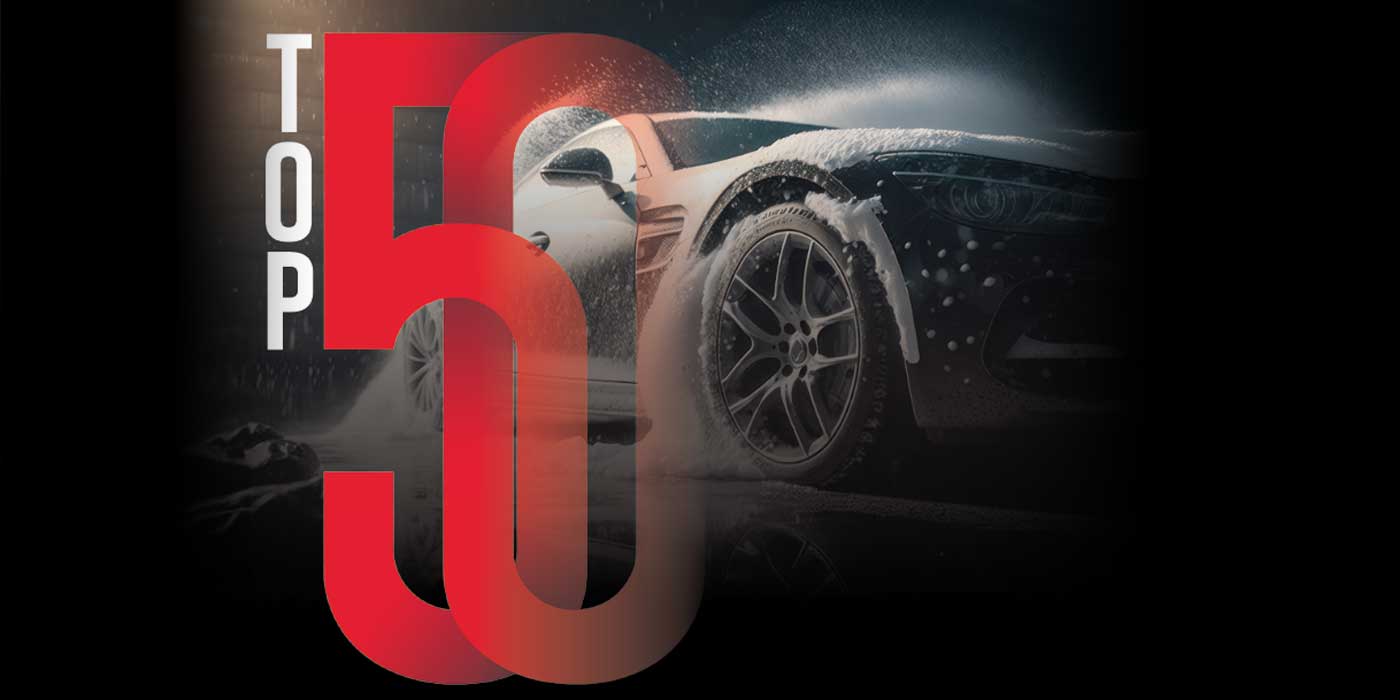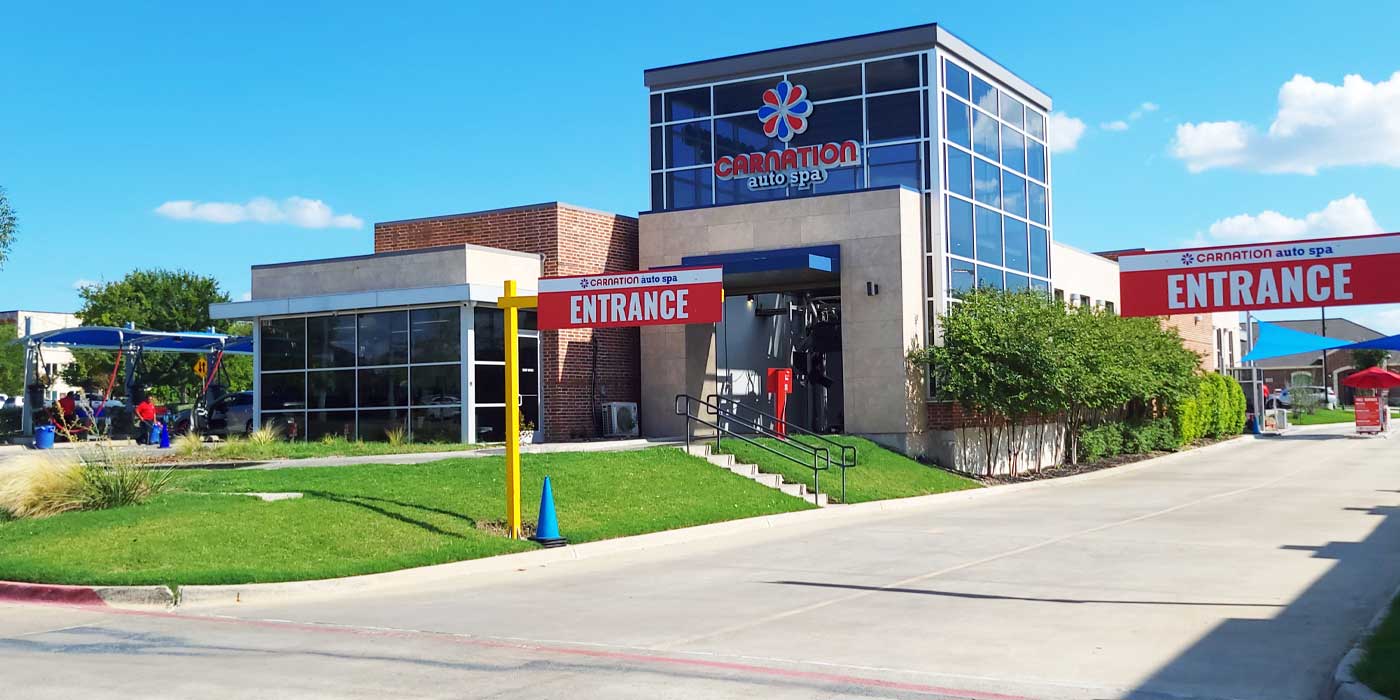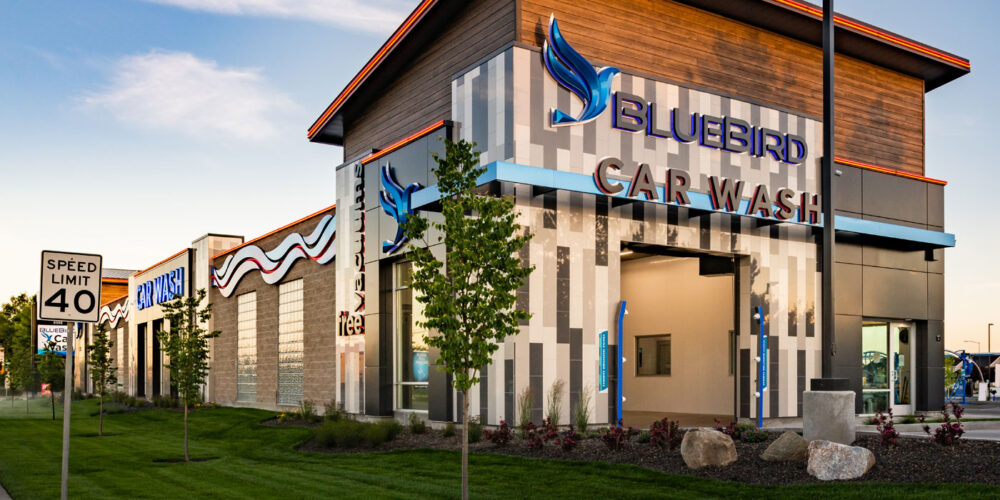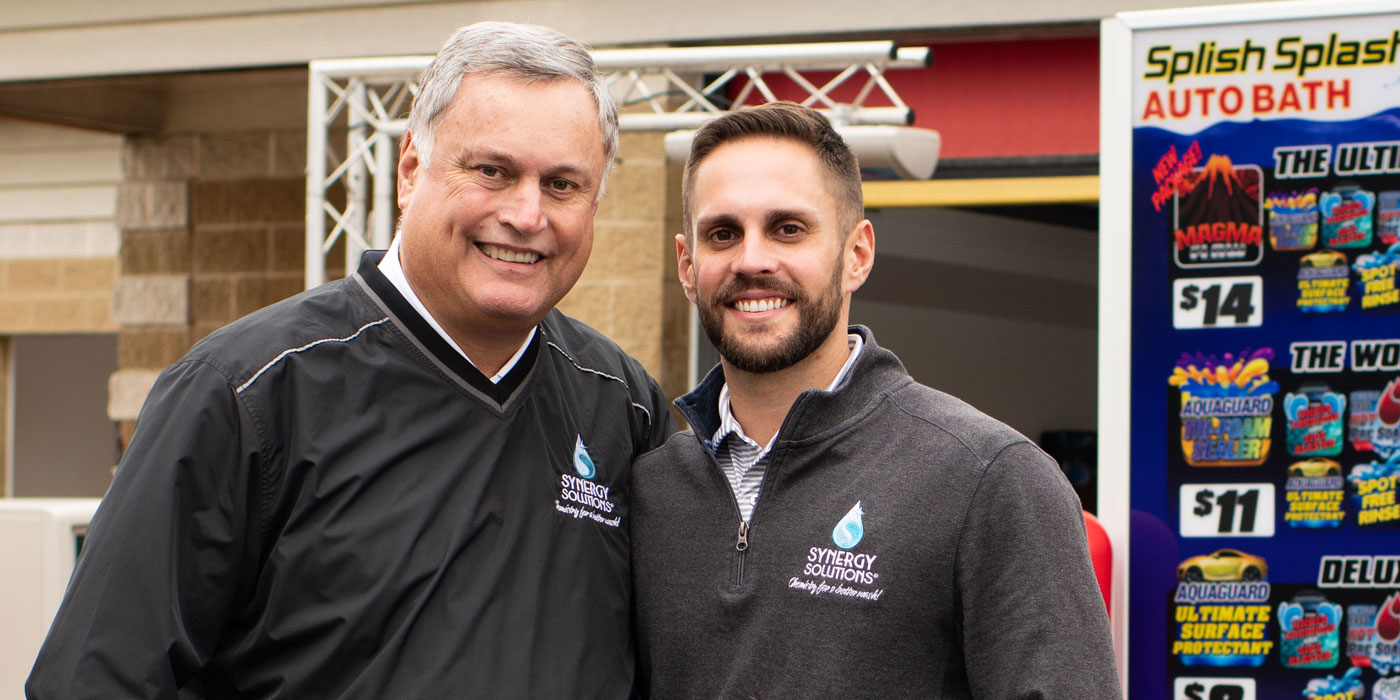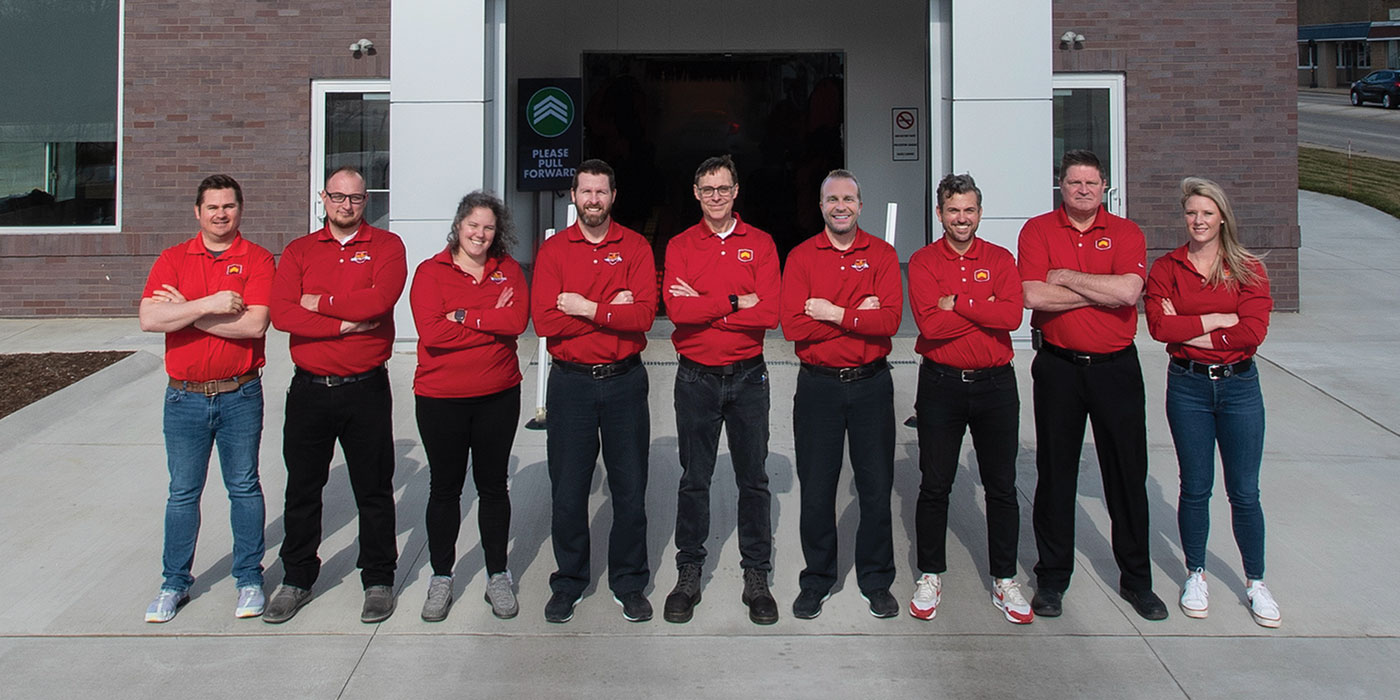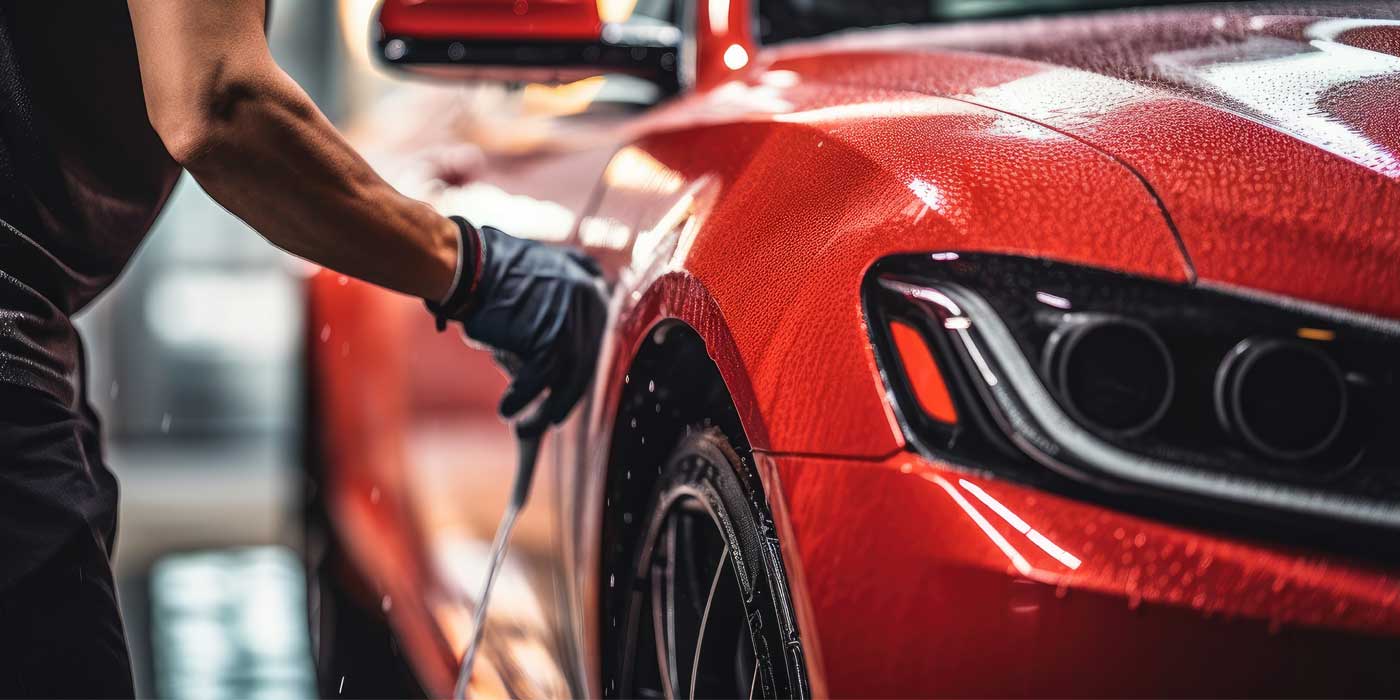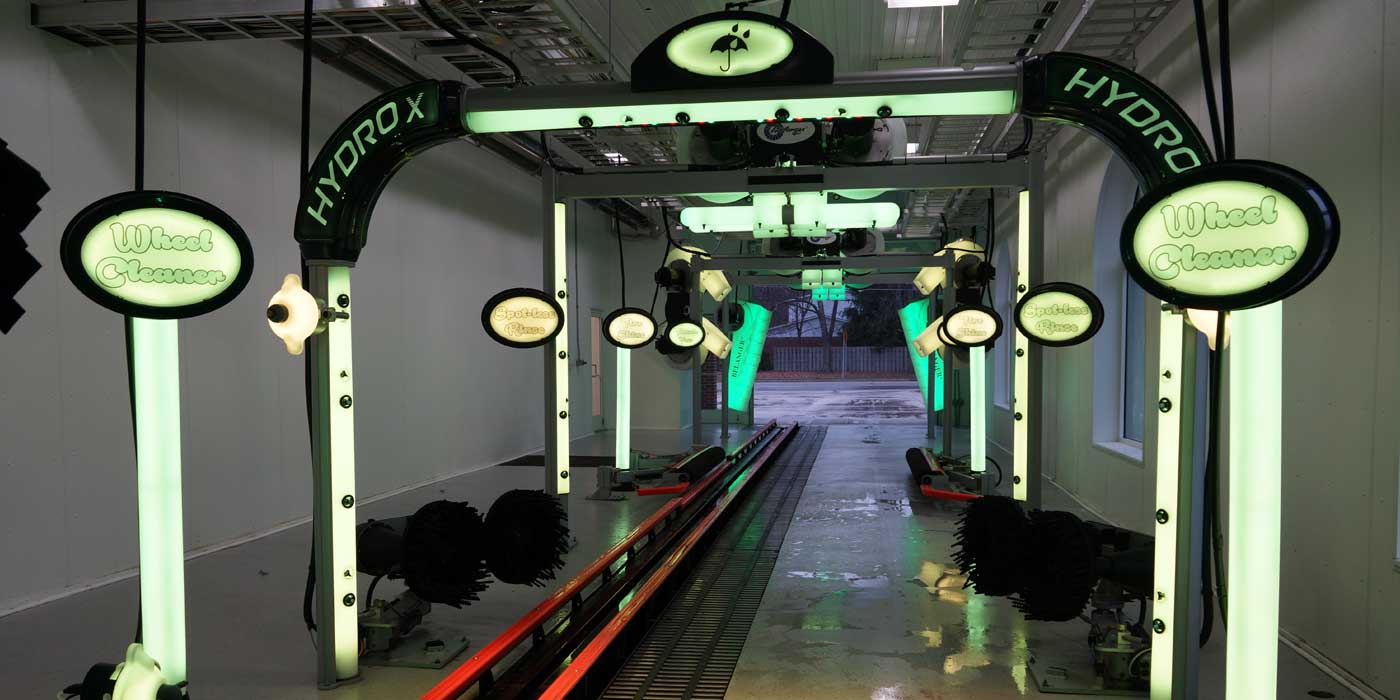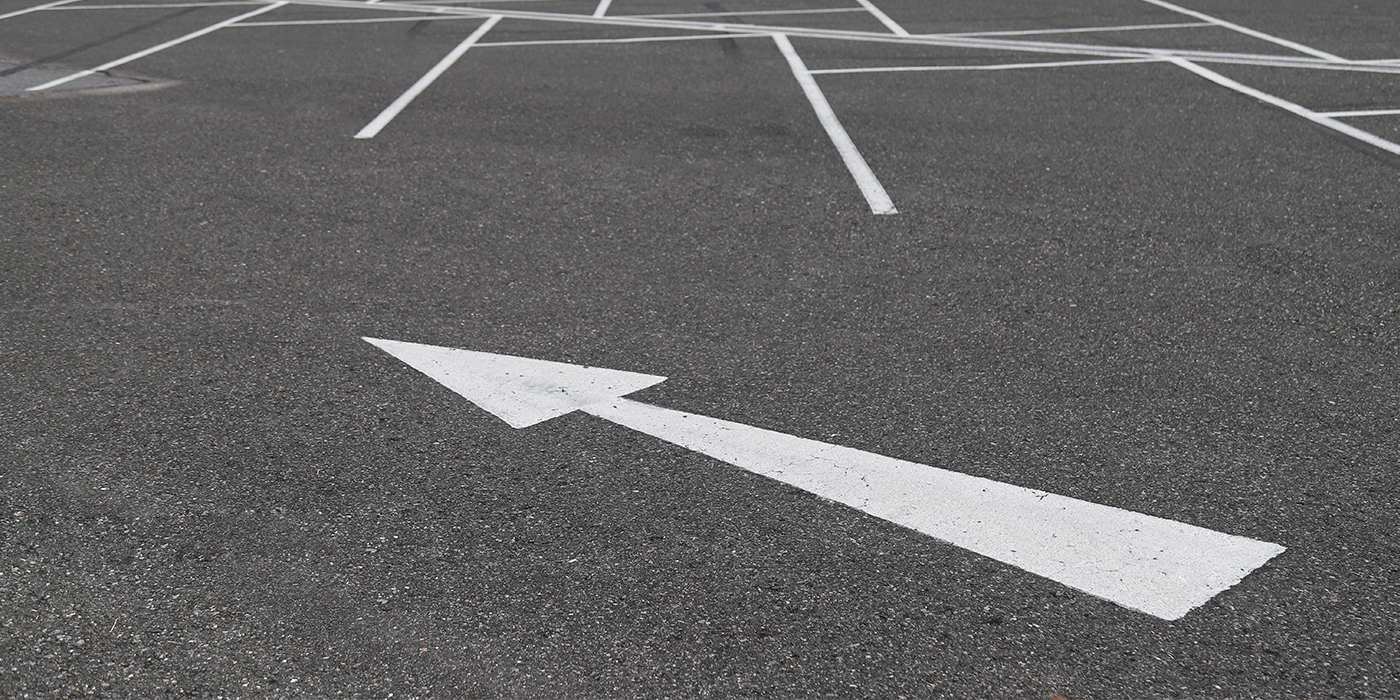Tire shine applicators are usually an add-on that provides that “special something” in the carwash experience. For this service to bring in more revenue for your business, however, it needs to be working efficiently and to be properly maintained.
Maintaining your investment
While maintenance of tire shiners is fairly simple, said Ed O’Hanrahan, the CEO and majority owner of Coleman Hanna Car Wash Systems LLC, because they aren’t used on every vehicle, they don’t always get the attention that they need.
A regular maintenance program will provide your equipment with the care and attention needed to keep it running effectively, and generating added business, said Howard Cooper, technical support specialist with MacNeil Wash Systems. “This type of equipment is not one that you can just set and walk away from it and expect perfect results all the time,” he added, “as it does require some monitoring.”
Maintaining your equipment,” O’Hanrahan said, means making “a commitment of sticking to a rigid maintenance schedule.” It’s important that a carwash owner or operator has a preventative maintenance routine that ensures specific maintenance is done on the tire shine applicator each day, week and month, said the experts.
A visual inspection of the equipment is also important, especially during busy times, like weekends. Express models that do big volume create a lot of wear and tear on these machines, and may require extra care, O’Hanrahan said. A visual inspection includes making sure to grease all of the grease points, and that there are no leaks in the chemical dispensing solution, he added.
Finding the right balance
Some carwashes run their tire shiner for the entire wash cycle, which O’Hanrahan said is not only a mistake because it is wasting solution, but also because it creates a potential safety threat by making the floor slippery. “It’s critical to apply the solution at the right time,” he noted. In order to best use the tire shine applicator for both effectiveness and efficiency, owners should “typically turn on the tire shine applicator about 3 feet before the process starts, and 3 feet before the process ends,” O’Hanrahan continued.
When the machine is initially installed, it will be programmed to apply the right amount of tire shine solution at the right time. However, the tire shine equipment may need to be reprogrammed as time goes on, noted the experts.
Keeping profits high through calibration and testing
It is extremely important, the experts said, that owners ensure that profits are not going down the drain because the system is improperly programmed or has chemical leaks. Doing all the volume metric testing may take an extra hour every day, but checking chemical dispensing calibration daily is vital to a tire shiner’s success, said Cooper. A wash may charge $2 for a tire shine, at a cost of around 25 cents if the equipment is working effectively, so it can be a high profit service when it is running correctly.
One tip Cooper gives is to “look at the results over a group of vehicles rather than just one or two as you can have vehicles which had lots of dressing applied in the past, as well as never had it done before which will give you false readings.” Do your adjustments after a few vehicles have gone through, instead of first thing in the morning, Cooper added, so “you know that all of the chemical lines and dispensing manifolds are full and operating properly.”
A quality tire shine applicator can last for many years, said the experts, which means a lot of additional $2 sales at your carwash; it can also mean a lot of profit if your equipment is maintained and programmed properly. Just because it isn’t used with every vehicle, Cooper said, doesn’t mean that it should go unnoticed.
If taken care of properly, tire shiners are one added service that can keep your customers happy, and bring in more revenue for you. “It’s an excellent addition to your carwash,” O’Hanrahan said, and also “easy to operate and easy to maintain.”


